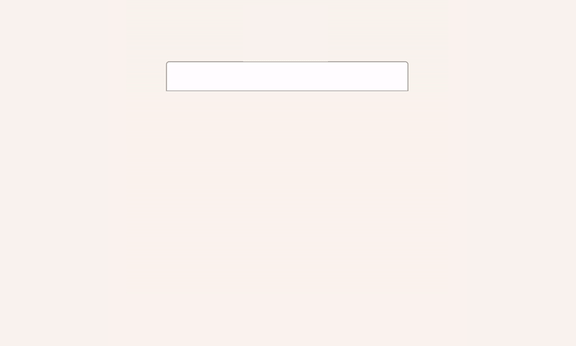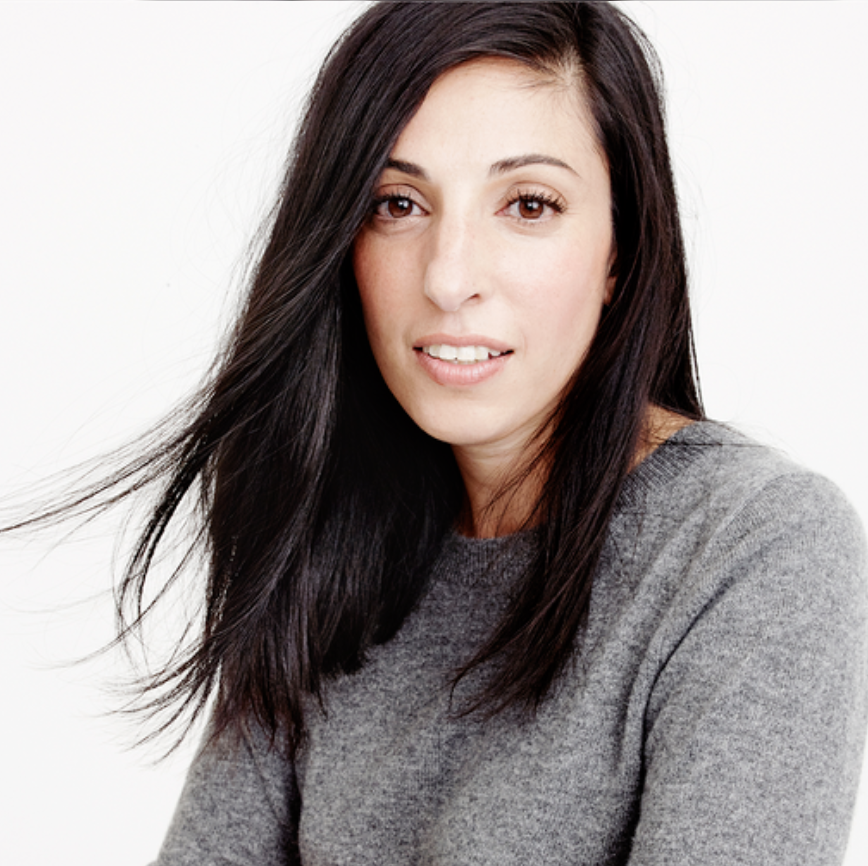At this point, CBD has hit is peak — it has officially flooded the wellness market and for good reason: when you find a product that helps you (be it for sleep, achy muscles, a dose of calm), it really does the trick. But with so many products comes a flood of information (and misinformation) so how do you sift fact from fiction? And where to begin? It can be overwhelming. So give your search engine the day off, and let us break down some of the most commonly asked questions for you.

Because of its anti-inflammatory properties, a full-spectrum hemp extract has many use cases, but the most common are helping to ease anxiousness, relief from aches and pains, and sleeplessness.
The hemp plant is known to absorb toxins and radiation from the soil, so you’ll want to make sure it's grown to its purest state and lab-tested. In fact, hemp plants were used to help pull toxins out of the soil around Chernobyl. So while you wouldn't want to ingest a hemp extract from the site of Chernobyl, it does mean that you should do your homework and make certain that the hemp used to produce your oil is properly grown and harvested. If the soil is clean, then your hemp and cannabinoid extracts will be clean.
More often than not, products called hemp oil or hemp extract may contain little-to-no actual CBD, which is why it’s important that you read the label closely. You’ll want to make sure that the label tells you how much CBD is in the bottle, and how much CBD there is per serving. You’ll want a high concentrate of CBD, anywhere from 1,000 - 5,000 MG per ounce.
Be sure to ask for a Certificate of Analysis (COA) from a third-party lab which tests for contaminants, solvents, and the percentage of cannabinoids. A COA will also confirm that the dosage is correctly represented on the packaging. Reputable CBD companies like Feals make their COA readily available, typically on their website, and, in Feals’s case, on the product itself via QR code.
Full-spectrum refers to the use of the whole hemp plant vs. an isolate which extracts the desired cannabinoid from the plant. The truth is, there's a lot of marketing jargon being attached to CBD— phrases, like "all-natural" and "pure" are commonplace — and isolates are sometimes not hemp at all and are synthesized in a lab. Full-spectrum means that you'll get the good stuff—all the additional cannabinoids and terpenes that are naturally occurring in the whole plant. This produces what’s called an "entourage effect"—meaning these chemical compounds work together in tandem far better than in isolation to give you maximum benefit.
Cannabis with less than 0.3% THC is now classified as hemp; instead of being rich in THC, CBD is usually the most abundant cannabinoid. So the difference between cannabis-derived CBD and hemp-derived CBD refers to the parent plant and whether or not it produced more than 0.3% THC. CBD is often touted as non-psychotropic, meaning it won’t produce a “high” or affect our motor functions in the way a high-THC strain of cannabis might.
So, while CBD won’t induce a high-like state, there is strong pharmacological, physiological, and behavioral support for CBD’s ability to affect brain function. This is indeed critical for the foundational support to develop clinical trials that investigate CBD’s therapeutic utility.
With that being said, we know that everyone's body responds differently so it’s best to start small, assess how you feel, and adjust accordingly when trying a full-spectrum hemp extract for the first time.
Take a tincture by holding the oil under your tongue for 30 seconds before swallowing is going to be most effective — meaning you'll feel the effects sooner. But you can also mix it in with your morning coffee or a smoothie.
When taken properly, a tincture is detectable in the blood in about 15 minutes and its effects can be felt soon after. But depending on your dosage and the intended effects, it may take longer before you feel the way you’d like. CBD levels peak anywhere between 1-3 hours after use.
How CBD’s effects are felt, how much CBD gets into the body, and the way it makes you feel depends on several factors including genetic makeup, biological sex, past CBD use, and even what you most recently ate, so it follows that it can be tricky for scientists to accurately predict CBD’s effects on humans.
What this means for new users is that it's best to engage in a loosely guided trial-and-error to figure out what dosage is best. We recommend starting with a low dose and slowly taking more. Space out doses by at least several hours too allow the CBD to reach its peak level and make its way through the body.
Similar to caffeine, everyone’s tolerance for CBD is different. So while one person may require four cups of coffee in the morning to start their day, another may just need one cup. CBD is not dissimilar, and each person responds to it in their own way. A good rule of thumb is this: lower dosages may provide clarity and focus, while larger doses tend to have a sedative effect.
Because the effects of CBD are nuanced, you may not feel immediate relief. That’s why it’s best to keep a journal for the first few days and weeks of use so you can pinpoint the shifts. Consistent daily use with lead to a better understanding of how CBD may work for you.
CBD tinctures often include a carrier oil, like an MCT oil, to help stabilize it and increase its bioavailability. Bioavailability refers to the rate at which your body absorbs the substance into your bloodstream. Because CBD and other cannabinoids are hydrophobic (non-water soluble), they won’t absorb into the bloodstream easily on their own. This is why you’ll often see it paired with an oily, fat-soluble substance, which aids in its absorption.
Keeping consistent with CBD intake is important. People tend to think about the duration CBD lasts in the body in terms of its “half-life,” or how long half of the amount of drug consumed can still be detected in the body. While there’s no agreement over CBD’s half-life—reports range from several hours to nearly a day— there’s strong agreement that frequent use extends CBD’s half-life.
CBD levels can build up in one’s body over time, which helps explain why people often report experiencing CBD’s effects after using it several times.
Still have questions about CBD? Feals is here to help. Our most popular FAQs are online, and the customer care team is on hand weekdays from 9 AM - 5 PM MST and reachable by calling 844.311.9090.
